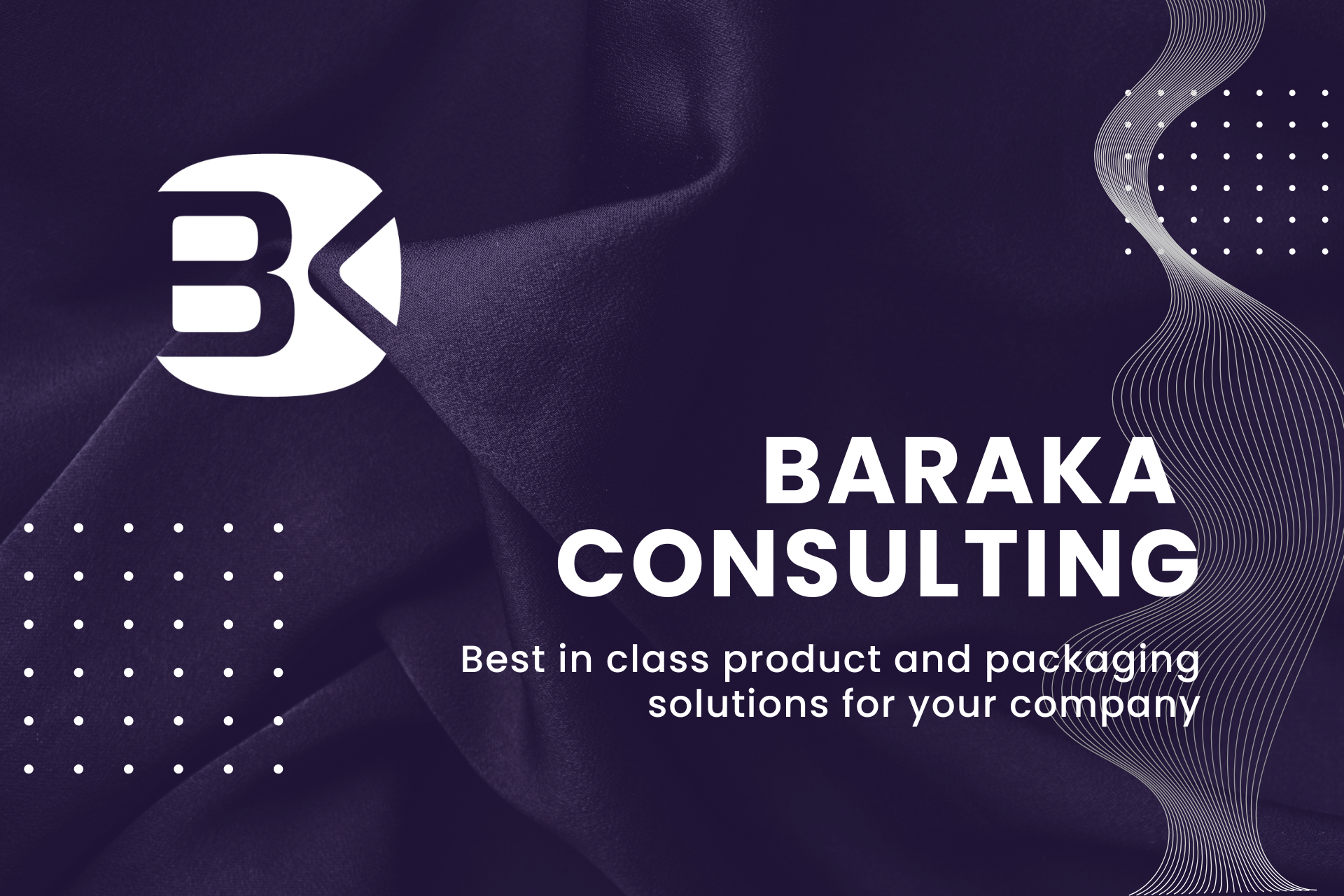Developing Technical Specifications Effective Packaging
Explore the essentials of developing technical specifications for effective packaging. Learn how to create detailed, clear, and actionable guidelines that ensure packaging meets quality standards, enhances product protection, and aligns with brand objectives.
Developing Technical Specifications Effective Packaging
In the rapidly evolving landscape of consumer goods, developing technical specifications for effective packaging has become a critical component of product success. As companies strive to meet the diverse needs of consumers while adhering to environmental and regulatory standards, the role of packaging has expanded beyond mere containment and protection. Effective packaging now encompasses a range of considerations, including sustainability, functionality, and brand communication. By meticulously crafting technical specifications, businesses can ensure that their packaging not only preserves product integrity but also enhances user experience and aligns with market trends. This process involves a collaborative effort among designers, engineers, and marketers to create solutions that are both innovative and practical, ultimately contributing to a product's competitive edge in the marketplace.
Key Considerations for Designing Functional Packaging
When designing functional packaging, several key considerations must be taken into account to ensure both practicality and consumer appeal. First and foremost, the packaging should effectively protect the product from damage during transportation and storage, which involves selecting appropriate materials that offer durability and resistance to environmental factors. Additionally, the design should facilitate ease of use, ensuring that consumers can easily access and utilize the product without frustration. Sustainability is another critical factor, as eco-friendly packaging solutions are increasingly demanded by environmentally conscious consumers. This involves using recyclable or biodegradable materials and minimizing excess packaging. Furthermore, the packaging should be designed to communicate the brand's message and values clearly, incorporating eye-catching graphics and informative labeling that complies with regulatory standards. Finally, cost-effectiveness must be balanced with quality to ensure that the packaging solution is economically viable for both the manufacturer and the consumer. By carefully considering these aspects, designers can create packaging that not only serves its functional purpose but also enhances the overall consumer experience.
Effective Packaging
In conclusion, developing technical specifications for effective packaging is a critical process that ensures products are protected, preserved, and presented in a manner that meets both consumer expectations and regulatory requirements. By meticulously outlining the materials, dimensions, and functional requirements, companies can create packaging solutions that not only enhance the product's appeal but also contribute to sustainability and cost-efficiency. Effective packaging specifications serve as a blueprint for innovation, allowing for the integration of advanced technologies and sustainable practices that align with evolving market trends and consumer demands. Ultimately, well-defined technical specifications are essential for achieving operational excellence, maintaining brand integrity, and ensuring customer satisfaction in a competitive marketplace.




